Female Hair Loss
Are You Suffering From Female Hair Loss?
Approximately 49% of women will be affected by hair loss throughout their lives, with female pattern baldness (FPB) being the most common cause of female alopecia.
Patterned hair loss in women is characterised by diffuse hair thinning and often becomes an ongoing cause of psycho-social distress.
The incidence steadily increases with age in all ethnicities.
Prompt diagnosis and treatment is essential in order to obtain an optimal treatment outcome as the longer the condition is allowed to progress, the harder it becomes to treat.
Our Results

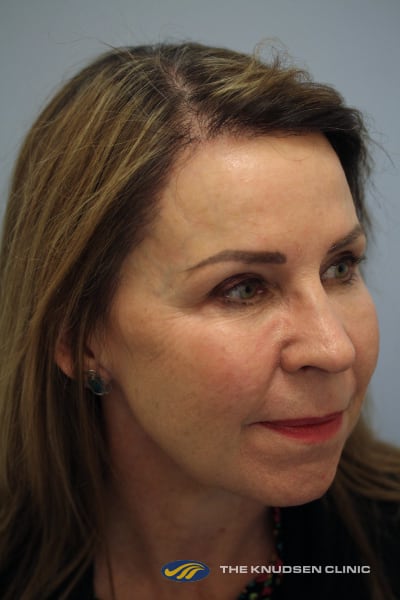
1542 Grafts
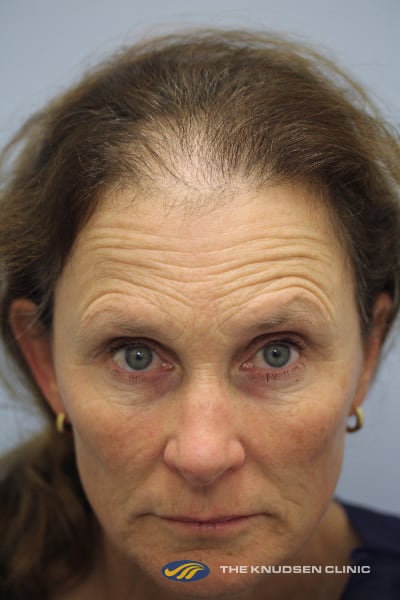
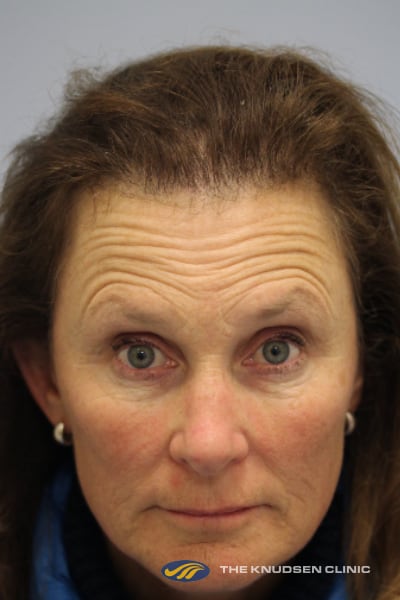
1116 Grafts
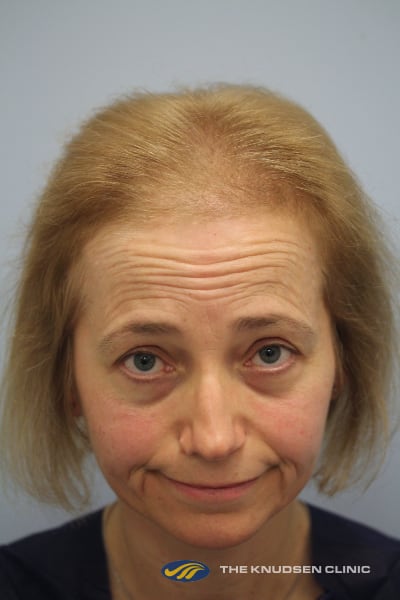
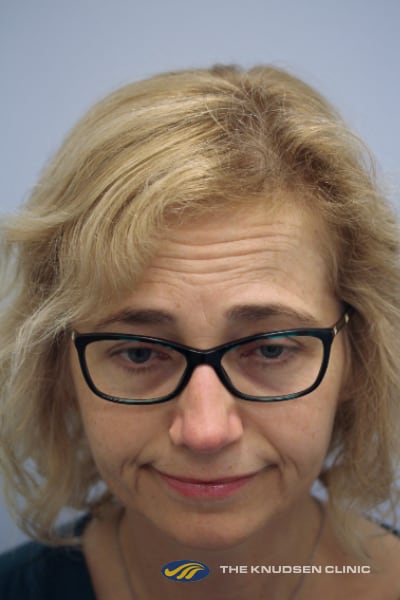
1060 Grafts
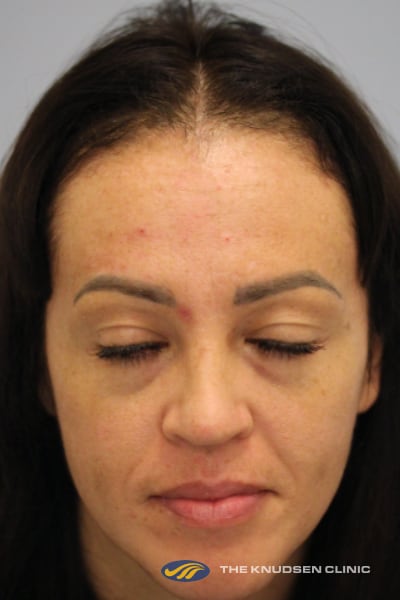
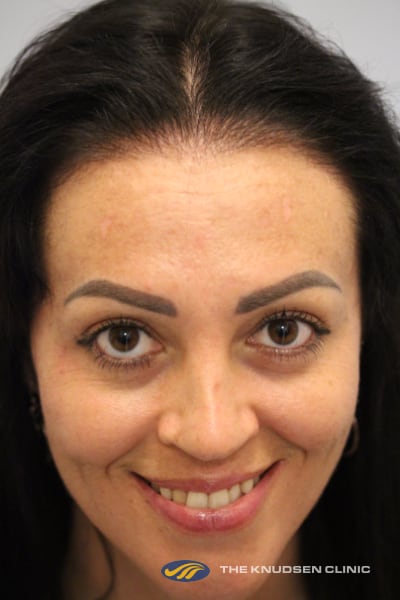
1266 Grafts
Process of Female Pattern Baldness
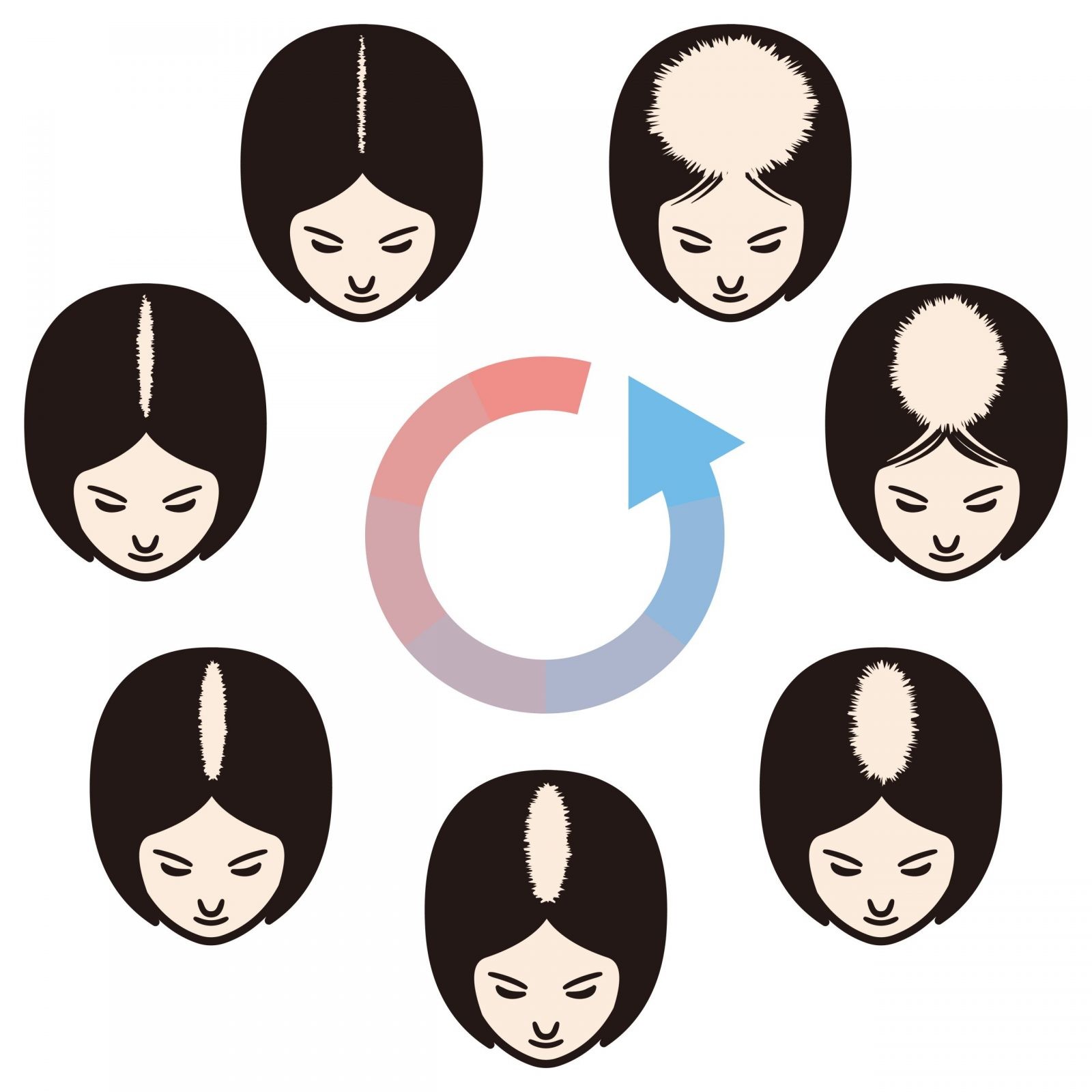
Common progression of female hair loss.
What causes Female Pattern Baldness?
The hair follicles are constantly cycling between growth and rest. The growth phase will determine the length of the hair.
In FPB there is progressive hair follicle miniaturisation and changes to the hair regrowth cycle. Genetics usually plays a part in the development of female pattern hair loss. A woman can inherit the genes that cause female pattern baldness from one or both of their parents. It’s also possible that hormones contribute to the condition. For example, hair loss is a symptom of the hormonal condition, polycystic ovary syndrome.
Female pattern baldness can develop at any age. It usually progresses slowly, but can also come in bursts. It often becomes more noticeable after menopause. FPB is different from alopecia areata, which is an auto-immune disease resulting in hair loss from the scalp and other parts of the body.
How is female pattern baldness treated?
There is no cure for female pattern baldness, but pharmacological treatments may slow down the process. Our doctors may prescribe a non-surgical treatment or lotion. Other treatments include wearing wigs, laser Scalp Micropigmentation (SMP), plasma injections, LaserCap therapy, or a range of other non-invasive treatments.
For some women, these are not “solutions” and will seek a more permanent treatment alternative, such as hair transplant surgery to address their baldness.
Start your hair restoration journey today!
Get in touch with our friendly team to get started.